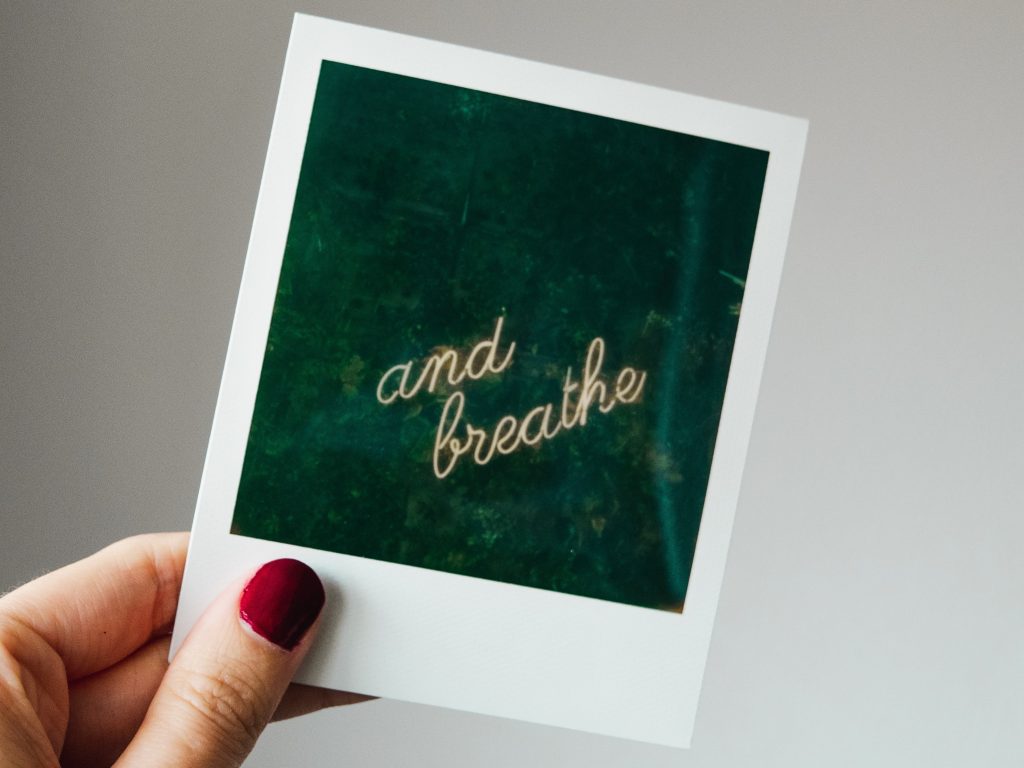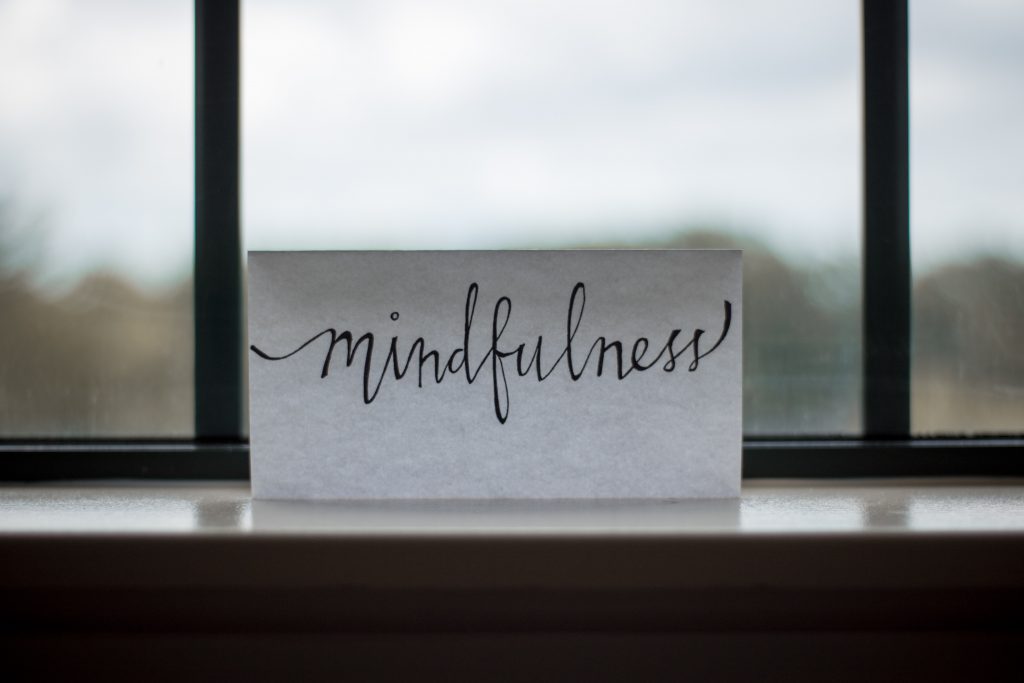Self-care is an important part of integrating a psychedelic experience and in general some good practices are:
- Spending time in nature
- Meditation
- Adequate sleep
- Exercise
- Clean diet
- Journaling
However integration is an individual process and will work best if you personalise and find things that work best for you.
What is Self Care?
Self-care is often be understood as things which promote health, rest and relaxation such as going for a walk or taking hot a bath. However, a much more effective way of understanding self-care is by broadening its definition to anything that replenishes your energetic reservoir. Anything that energizes you, replenishes you or (re) charges you in some way can be considered a self-care practice. This includes activities that really light you up, nourish your soul, and invite your presence. Any activities that fall in to these categories can be considered excellent self-care practices and used to develop your own personalized integration system.
Today I’d like to share an exercise in two parts that can help you to develop your own personalized self care kit.
Creating a Personalised Self Care Kit
1. Make a To Be List
We all have long and seemingly unending to do lists, but what about a to be list? Take a moment to journal your answers to these questions:
- What are the inner experiences that you love?
- What are the inner experiences where you feel most at home?
Examples: calm, peaceful, inspired, confident, creative, playful, at ease, humorous, loving, adventurous, kind, powerful, motivated, courageous, disciplined etc.
2. Which activities?
Once you have your to be list, journal answers to:
- What nourishes those states?
- What activities help to cultivate those states?
- What are the activities that really light you up?
- What activities really serve your soul?
Examples: listening to music, travel, writing, hanging out with friends, cooking, going to see a film, creating art, exercise, cuddling, going camping, getting a massage, going on a retreat etc.
When creating your list of activities do not be afraid to really personalize it and include activities which most people wouldn’t generally expect to be a self-care or recharging practice. Somethings which may energize or inspire you may seem strange to other people but don’t be afraid to write what is true for you. This can really make a big difference and this is the big advantage of creating a personalized self care kit rather than following generic self care practices. You can build a much more complete kit for yourself by including things that are unique to you.
It could be watching a video from a specific influencer that you find inspiring, or reading a challenging book. Some things that are unique to my kit are watching a music documentary, learning to play a song on the guitar and jamming it out with the volume cranked up, and watching a movie with one of my favourite comedy actors.
“In the trance of daily life we can be so organised around shoulds that we lose touch with what we love”
– Tara Brach
Let what you love be what you do
Try to really honour yourself and create space and time for the activities on your list. If you are the type of person who tends to slip in to prioritizing work or doing things for other people ahead of yourself it can be very helpful to actually schedule in your self-care activities. Put them in your calendar and protect them as you would any important meeting. After all, it is a very important meeting: a meeting with life, for yourself. If you think that sounds selfish, consider that you won’t have anything to give to others if you are depleted and empty. Caring for others begins with caring for ourselves.
Weaving Self Care in to Integration
Making time for these activities is especially important in the days and weeks following a psychedelic experience. Psychedelics increase neuroplasticity which means that you are more able to create new connections between neurons in the brain. In plainer English, this means it is a great opportunity for re-wiring; creating new patterns of thought and behaviour. This is a way of wearing in newer, healthier and more self compassionate grooves into your day-to-day life. It can be useful to do this exercise before a psychedelic experience so you have your personalized kit ready afterwards.
Best of luck and take care, of yourself











